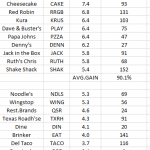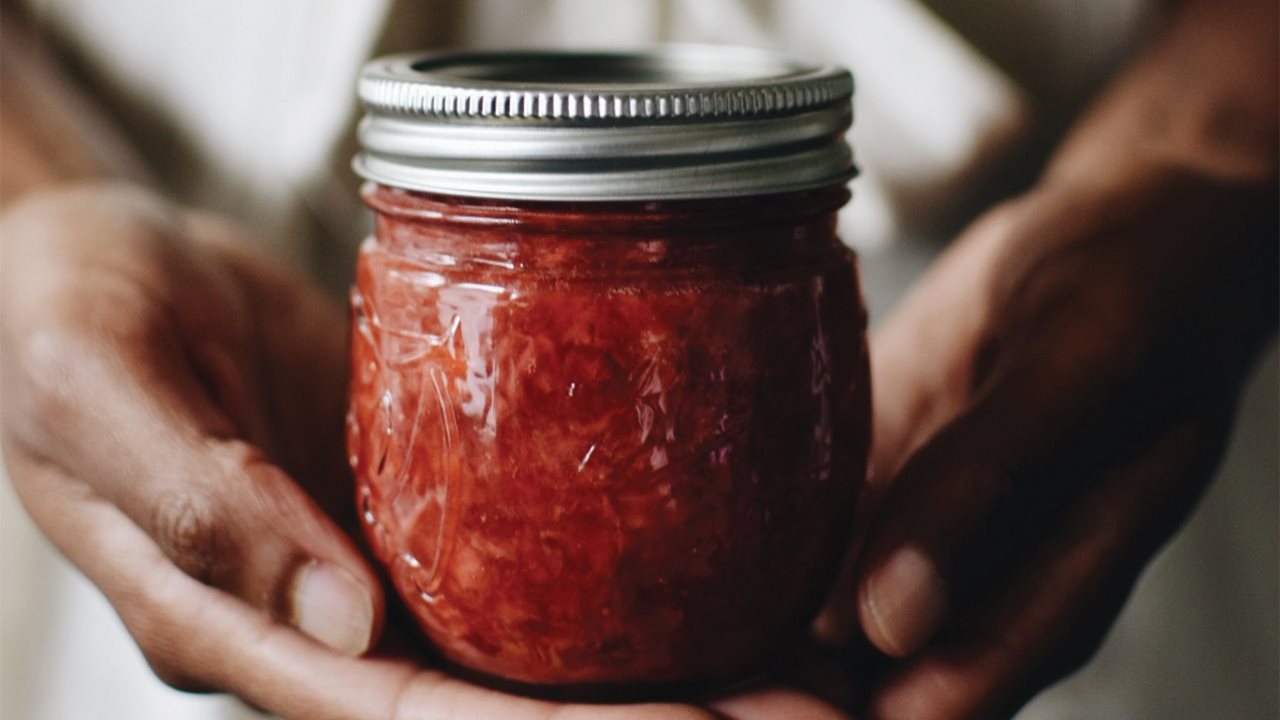When I was vetting my smoothie business, my dad said, “who is going to buy frozen drinks in the winter in New York? The funny thing is, consistently, we sold more in the winter than we did in the summer.
TWO REASONS YOU WILL NOT BE GRANTED A FRANCHISE LICENSE
 By TOM SCARDA, CFE
By TOM SCARDA, CFE
🔑Education 🔑 insight 🔑 inspiration – I help people escape the corporate rat race and control their own destiny through business ownership. 516-322-1435
Thinking that talking to a franchise company is like a timeshare presentation.
If you invest in a franchise, you are buying a business, but they are not selling one. Speaking with the franchisor and performing due diligence is like dating. If you hope to be sold something, you’ll be disappointed, or you’ll waste some time, and your right franchise will break up with you because of your awkward or bad behavior.
Top franchise systems view the vetting procedure as a mutual dating exercise. Both parties judge each other before formalizing a long-term relationship. The dating rules are pretty much as they’ve always been:
Care to learn about each other while respecting each other’s boundaries and timelines.
Ask many questions and observe behaviors to learn each other’s values and identify potential opportunities and deal breakers.
At any time, you or the franchisor can decide that another date isn’t the best idea. If one of you says “No”, there are no hard feelings. After all, it takes both to make the relationship great.
As in dating, the courtship could end with a final “No”, or if at the altar one of you says, “I still want to think about it.” If you still have to think about it while one of you is at the altar, then it means something’s wildly amiss.
However, as in dating, the courtship could also result in a wonderful partnership that creates for you a comfortable, prosperous, and peaceful future.
Lastly, one doesn’t marry while planning for divorce.
Consensual validation or third party opinions
Family, friends, lawyers, accountants, financial planners, a friend in the industry, someone you respect because they built a business. Why would a friend and/or someone you know who hasn’t performed any due diligence tell you that the business you’re considering is a good idea? Deep inside, they know there are too many variables to predict whether you’ll be successful or not. For the most part, people will share all the negatives about a business or an industry, and in the back of their minds, they feel that they gave you “safe, solid advice.” Besides, if you change nothing and instead do what you’ve always done, no one loses… right?
When I was vetting my smoothie business, my dad said, “who is going to buy frozen drinks in the winter in New York? The funny thing is, consistently, we sold more in the winter than we did in the summer. That is because in the winter we had less competition in an indoor venue. We had to compete with ice cream, lemonade, beer, and other summer treats during the warm months.
You are doing the research. I suggest forming friendly relationships with the people you talk with at the franchise company. If you buy, they will be the ones helping you be successful. A great franchise company will never try to sell you a franchise. That is against the philosophy of the best franchisors.
======================================
About Tom Scarda:Tom is now a nationally recognized small business and Certified Franchise Expert (CFE), motivator and dynamic speaker. Tom has authored three books: Franchise Savvy, The Road to Franchise Freedom and The Magic of Choosing Uncertainty: How to Manage Change, Embrace Fear and Live a Fulfilled Life.
30 years ago, searching for his inner drive, Tom left college and submerged himself in the motorcycle underworld in lower Manhattan. This made his mother worry. It was the first time Tom chose uncertainty over the status quo.
After four years of life in the outlaw motorcycle subculture in NYC, Tom got a haircut, took a shower and landed a respectable job in the New York Subway system. After more than 13 years in the subway Tom became frustrated with the bureaucracy and politics. So he quit his job and left his pension behind to pursue his dreams of business ownership. This also made his mother worry.
In 2000, he purchased a smoothie franchise, which he built into three units and sold five years later for a considerable profit. He was the #1 franchisee of the year in Maui Wowi Smoothies in 2002. He purchased a second franchise in 2006 called Super Suppers and failed miserably in that franchise concept. The lessons he learned from failure is what makes him such an expert. Tom has owned and operated both franchised and non-franchised businesses and has years of knowledge and wisdom to share with you.













